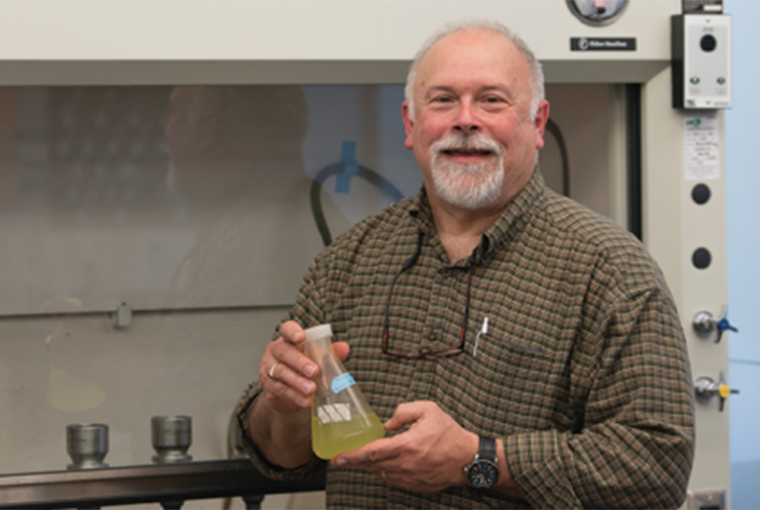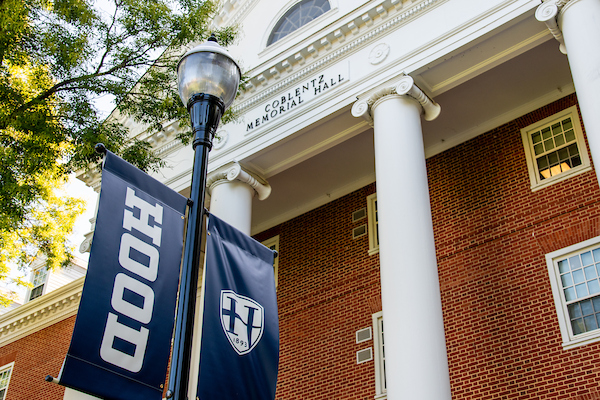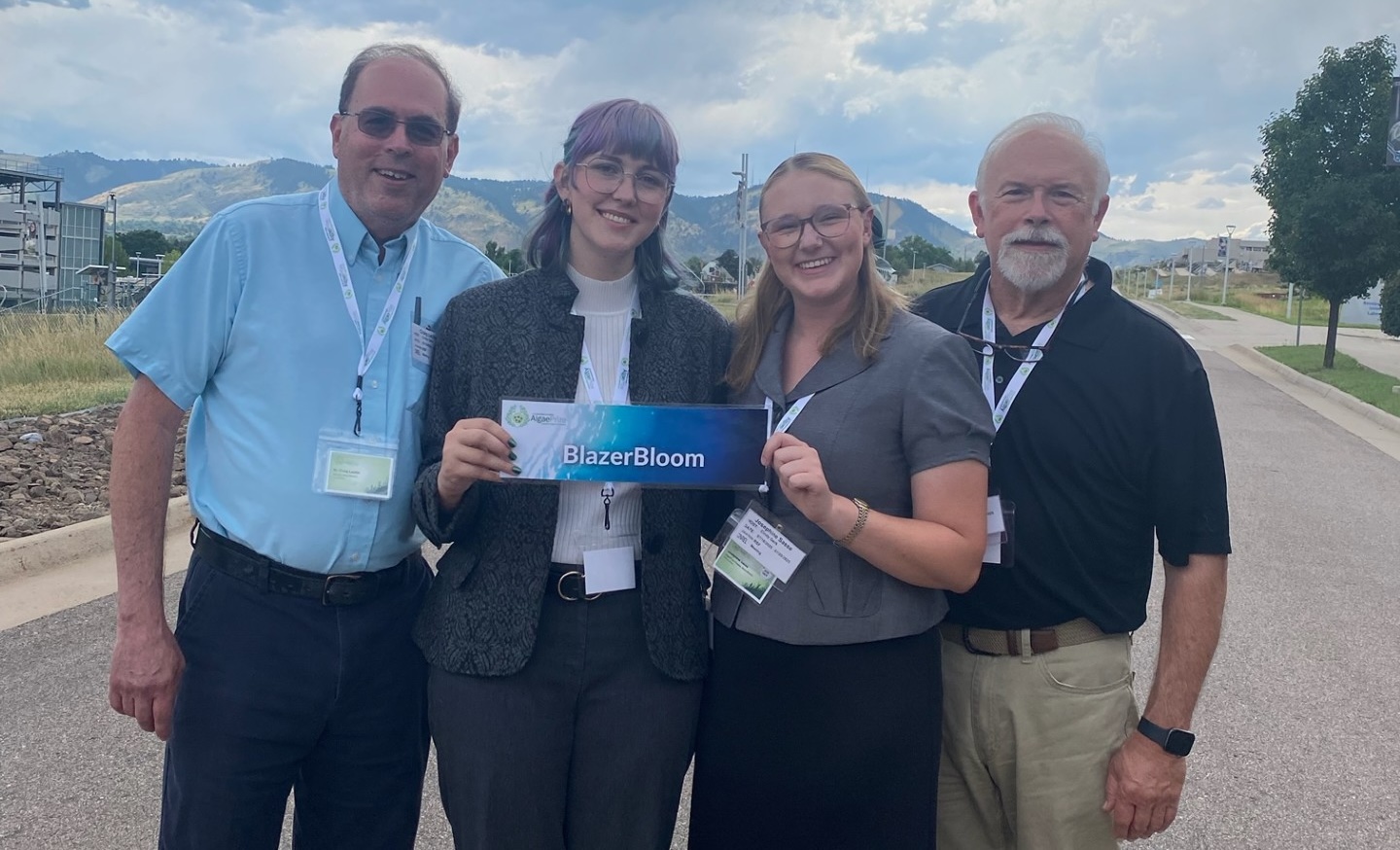The Last Word | Drew Ferrier on the Health of the Chesapeake Bay

Drew Ferrier
By Drew Ferrier, professor of biology and the director of the Coastal Studies Program at Hood College
You’ve been reading a lot about different jobs within various STEM fields. Many STEM disciplines have characterized the environmental issues that plague the Chesapeake Bay and many are needed to come up with a solution.
First, a little background. Noticeable declines in water quality and important living resources in the 1960s and ’70s prompted in-depth ecological investigations of the Bay. By the mid-1980s, scientists had a very good idea of the primary issue; runoff of fertilizers (nitrogen and phosphorus) and sediments from human activities—such as agriculture and urban and suburban development—enriched the Bay and led to over-growth of floating, microscopic algae. There was too much algae to be processed by filtering organisms like oysters, so the algae sank to the bottom, and was decomposed by bacteria, consuming all of the water’s dissolved oxygen. In turn, these damaged bottom habitats, as well as parasitic diseases, turbid water and over-harvesting, contributed to the decline of iconic organisms that we associate with the Bay such as blue crabs, striped bass and oysters.
Through the work of scientists and engineers, we know very well what the environmental problems of the Bay are, how they came about, and the possible solutions to them—and have for decades.
Yet, with the exception of a few improvements in water quality and the increased abundance of selected species, many of the Bay’s challenges described in the 1980s are still with us. The Chesapeake Bay Foundation established its motto and imperative, “Save the Bay,” nearly five decades ago, but progress has been painfully slow. The pace of improvement is all the more puzzling in that every survey of the public indicates that there is substantial support for improving the Bay environment, even at a financial cost.
Why is headway toward environmental improvement proceeding so slowly?
Many factors play a role: the influence of special interest groups; a reliance on voluntary actions rather than laws and regulations; the competition among state and municipal governments to attract businesses that foster local economic growth; the lack of recognition of the importance of local history, culture and heritage with regard to making policy changes; and the ever-increasing human population that chooses the Bay watershed as home. These are the current “environmental” problems faced by the Chesapeake Bay—problems that require the interdisciplinary and crossdisciplinary proficiency of teams of professionals with expertise both inside and outside of the STEM disciplines.
Comprehensive answers to environmental problems are not found within any one discipline or a subset of disciplines. It takes many experts, a degree of interdisciplinary knowledge, and a willingness to venture beyond traditional disciplinary boundaries. However, much of present day academia, politics and business models are built upon specialized learning within disciplinary “silos.” Environmental study does not operate solely by this approach.
To give the Chesapeake Bay and our environment a sustainable future, these groups need to work together, sometimes out of their comfort zone.
To advance the health of the Bay, STEM experts need to work closely with other specialists. Economists can devise methods of valuing ecosystem services—such as the water quality improvement created by wetland processes or the habitat provided by sea grass beds for the development of juvenile blue crabs—and ways of incorporating these valuations into economic transactions. Sociologists, historians and anthropologists can enlighten the conversation with regard to the need to be sensitive of local culture and heritage in policy decisions. Experts in communication and social marketing can develop best practices for informing the public of the need for environmentally beneficial change. This public discourse can be enhanced by the work of artists, photographers and documentarians.
STEM scientists and engineers have the know-how to improve the quality of the Chesapeake, but a host of experts from other fields of study are needed to enact the changes that will make lasting improvements to the Bay and to our quality-of-life in the watershed.
- Undergraduate
- Hood Magazine
- Center for Coastal and Watershed Studies
- Natural Sciences
- Faculty




